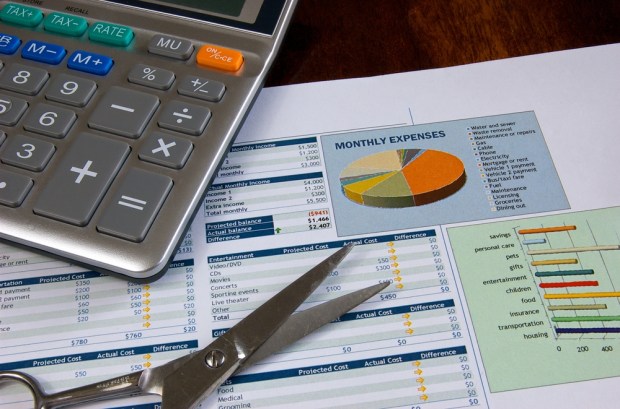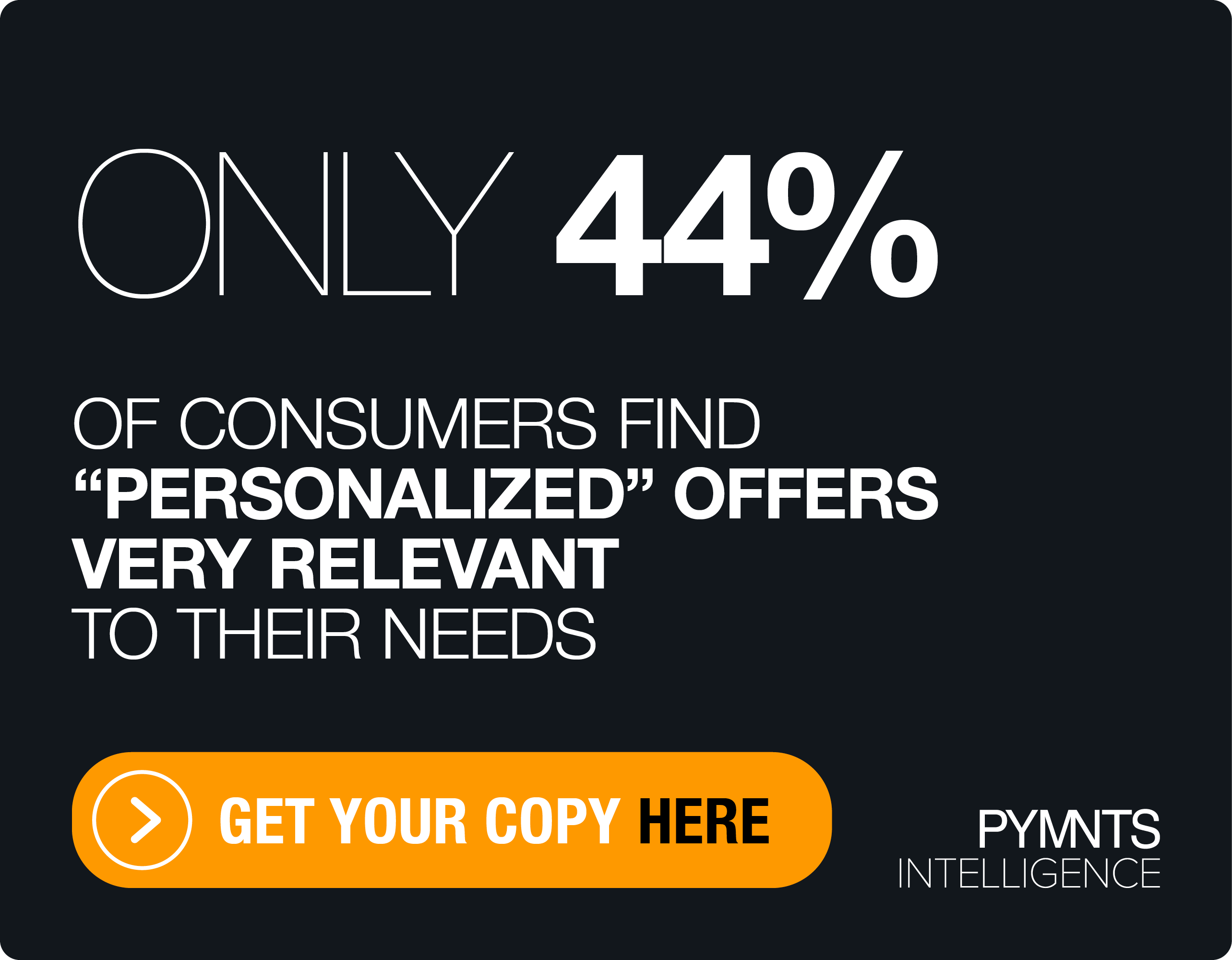Loyalty Programs Lay The Groundwork For Mobile Payment Adoption

Mobile payments are the wave of the future, and it’s the digitization of loyalty programs by banks and credit card issuers that lays the groundwork for widespread adoption of digital payments.
That’s according to a report looking at the strides banks are making to make their loyalty programs digital. Take Wells Fargo, for one example. The financial services company recently upgraded the ways customers can keep up with the amount of points they are accumulating. Customers can see their rewards alongside their other accounts, and they can view them on a mobile phone, tablet or computer. Customers can also set up automatic redemptions. “Success for us means customers engaging with [the rewards] platform,” said David Patron, head of loyalty solutions for Wells Fargo, in the report.
The move on the part of Wells Fargo and other banks may seem small, but it’s very important, because the way people shop and use their loyalty programs has changed. Traditional financial services firms, because of the data they have on customers, have the opportunity to improve targeting and segmentation in their rewards programs, catering to different groups and setting up an easy transition to digital payments.
While mobile payments and digital wallets haven’t become ubiquitous in the U.S. market, they are popular among wealthy people, a market banks want to not only reach but also keep as customers. A survey by Collinson Group of more than 6,000 consumers in the top 15 percent of earners globally found 66 percent of U.S.-based respondents said they use digital payments at every opportunity, while 23 percent said they use digital coupons on their smartphones. That is good news for traditional financial services firms that wonder if digital wallets and mobile payments will gain mass adoption in the U.S. Since digital payments are convenient and most people don’t leave their house without a smartphone, it’s only a matter of time before more U.S. consumers will pay that way, which means traditional banks and financial institutions have to start tailoring their loyalty and rewards programs to the digital world today to ready themselves.
